
At 27 years old, Shraddha Kalgutkar was told she had less than a year to live. Determined to prove everyone wrong, she turned to Mayo Clinic in Arizona.
Now Shraddha is living proof of the power of innovation combined with a patient's will to survive.
Watch: Harnessing the power of innovation and a patient's will to survive
Journalists: Broadcast-quality video (4:03) is in the downloads at the end of this post. Please courtesy: "Mayo Clinic News Network." Read the script
Shraddha's Story
It was November 2022, just a month shy of her 28th birthday.
Shraddha was wrapping up another day at the medical clinic where she worked as an occupational therapist. Shraddha's job was to help patients regain the ability to perform day-to-day activities following a health challenge like a surgery.
Suddenly that afternoon, Shraddha became the patient who needed help.
"My co-worker looked at me and said, 'Why is your hand all purple and blue?'" Shraddha says. She admits she had been feeling exceptionally tired as of late, but attributed it to a thyroid condition.
Her co-worker checked Shraddha's vital signs and found her blood oxygen level was dangerously low. "I remember her saying, 'If this is right, you wouldn't even be standing.'" A repeat test showed the same result. "The next thing I remember was we were on our way to the hospital," says Shraddha.
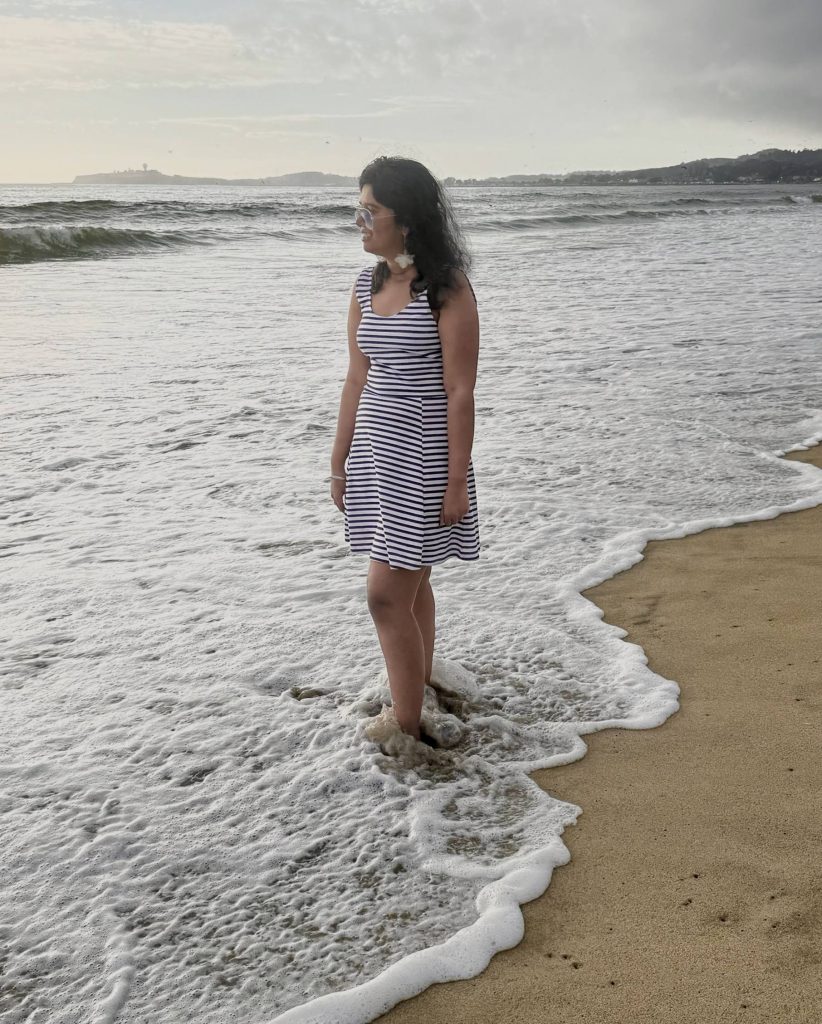
At the hospital doctors began looking for the cause of Shraddha's low blood oxygen level. A series of tests traced Shraddha's condition all the way back to the day she was born.
"When I was born, doctors said I had fatty liver, but they didn't know why so they called it 'undiagnosed,'" says Shraddha. "The doctors thought it wouldn't be a problem because the liver has a tendency to heal itself." It didn't. Shraddha grew up seemingly in perfect health, unaware that her liver disease was silently doing damage to her body.
A little girl with a big dream
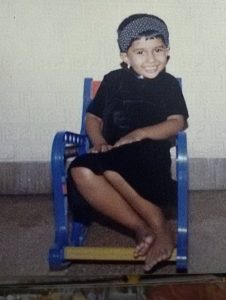
Shraddha was born in Mumbai, India which is often called the "City of Dreams." At a young age, Shraddha had big dreams of her own. She wanted to pursue a career in the medical field that would allow her to help others.
Every year Shraddha went to the doctor for her routine physical. Each time she was given a clean bill of health. "I used to do blood tests, but everything always looked good," says Shraddha. Still, the question of what caused her congenital liver condition lingered in her mind.
"I didn't have a family history of any liver condition. I've never had alcohol in my life," says Shraddha. "There was always a question mark. I needed to find out why this happened to me."
At 23, Shraddha became the first person in her family to leave India and go to the U.S. to attend college. She studied occupational therapy and got her master's degree at the University of Southern California. After college, Shraddha found her dream job at a medical clinic in California.
'You have less than a year to live'

All was going well until Shraddha began to noticed she was unusually tired. "When my sister came to visit she noticed I got tired after walking short distances. I went to the doctor and they thought maybe it was my thyroid," recalls Shraddha.
Then came the day her hands turned purple and her blood oxygen level mysteriously dropped. "My co-worker is a nurse so she got the oximeter and checked and it was 78%," says Shraddha. "And I was like, No, that's not possible because I wouldn't be alive." Shraddha's co-worker checked again, looked at the reading and said, "That's it, you have to go to the hospital."
A series of tests at the hospital revealed shocking results. Shraddha's liver condition had silently led to a more serious condition called hepatopulmonary syndrome.
Hepatopulmonary syndrome
Hepatopulmonary syndrome is caused when liver disease shunts blood away from the lungs preventing the body from getting the appropriate amount of oxygen. Doctors told Shraddha the only way she would survive is with a liver transplant. However, she says she was told her condition was so severe and the risk so high, that she would likely not survive a transplant.
She was denied the transplant and given less than a year to live.
"I told the doctors 'that just can't be. I can't have just one year with nothing to bring to this world. I have not served my purpose,'" recalls Shraddha.
Refusing to give up, Shraddha turned to Mayo Clinic in Arizona.
"More than 40% of her blood was being shunted away from her lungs. Because of that she had extremely low oxygen levels in her blood," explains Bashar Aqel, M.D., director of the Transplant Center at Mayo Clinic in Arizona. "Shraddha's case was one of the most severe cases of liver disease and hepatopulmonary syndrome."
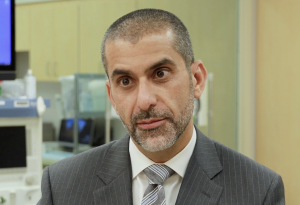
Saving Shraddha
The liver transplant was Shraddha's only hope for survival. "Without a transplant, this disease was progressive and fatal. We don't like to use this word, but it is a very progressive disease," says Dr. Aqel. "There was no other cure than a liver transplant."
Dr. Aqel and his multidisciplinary team of experts at Mayo Clinic went to work on a strategy to save Shraddha. The team came up with a plan using a combination of some of the latest cutting-edge technologies in medicine.
"Liver in a box"
Transplanting any organ is a race agains the clock. Every second the donor organ is outside the body it begins to break down. Surgeons only have a limited time window to transplant the organ. Due to the complexity of Shraddha's case, Dr. Aqel's team knew they would need extra time. They decided to use one of the latest medical breakthroughs in transplant often referred to as "liver in a box."
Traditionally donor organs are kept cold until transplanted. "Liver in a box" uses a warm organ preservation method. The organ is placed in a container that pumps oxygenated, nutrient-rich blood through the liver simulating conditions in the human body. The innovative perfusion system gives surgeons more time to perform the transplant.
"Having the donor "liver in a box" allowed the donor liver to stay healthy while we performed this complex surgery," says Dr. Aqel.
Currently, this warm perfusion technology is primarily being used for heart, lungs and liver transplants.
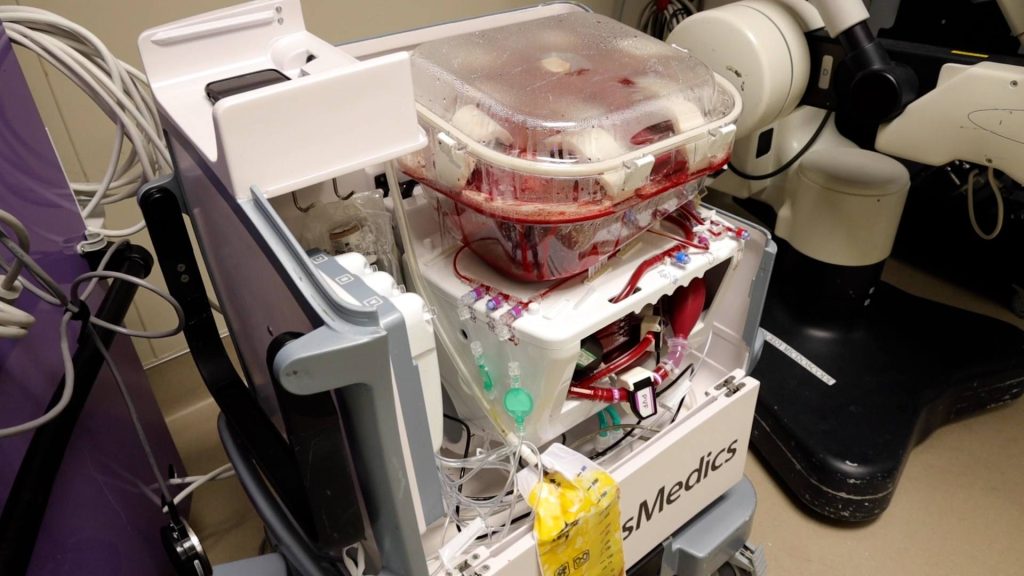
Saving lives with mobile ECMO
The next challenge was how to keep Shraddha's blood oxygen levels stable after her transplant. Dr. Aqel's team turned to a device called extracorporeal membrane oxygenation, or ECMO. The device often is used when the lungs aren't working properly. ECMO helps with the appropriate gas exchange that must occur to keep the body's blood oxygen level safe.
"It helps in getting oxygen into the blood and carbon dioxide out of the blood through the machine," explains Ayan Sen, M.D., medical director of Mayo Clinic's Intensive Care Unit in Arizona. "It helped us while her lungs recovered after her transplant."
The Mayo team also used one of the newest advancements in ECMO where the device is mobile.

"The best part of the mobile ECMO was that we do it in a way where she could actually walk around with the machine so that we could continue with her physical therapy, which is so important for the healing process after such a complex surgery," says Dr. Sen.
Shraddha was in the ICU for nearly two months. With mobile ECMO she walked nearly every day.
Dr. Sen says mobile ECMO has proved to be a game-changer in critical cases like Shraddha's.
"It is technology that has really expanded from what surgeons do when they do heart surgeries and transplants where now we can do this to save lives at any place that is not a complex environment, like the ICU or the operating rooms," explains Dr. Sen.
Mobile ECMO has become a lifesaving medical breakthrough for many patients.

"It has enabled us to raise the bar when it comes to saving people, who, until now, could not have been saved in the absence of this heart-lung machine," says Dr. Sen.
A team of highly specialized experts escorted Shraddha on her daily walks, meticulously monitoring her vital signs. Each step required Shraddha to muster every bit of strength she had.
"From the first day, I thought even if it pains me, if it hurts, even if it feels impossible, I still need to put that step forward to do something better today than yesterday," recalls Shraddha.
"I was in a race with myself every day"
-Shraddha
'Mayo's mission is now my purpose'
Almost two years after her harrowing experience, Shraddha is healthy and back at work. She continues her daily walks, only now, at the beach, in solitude, reflecting on how her own experience can make her a better healthcare professional.
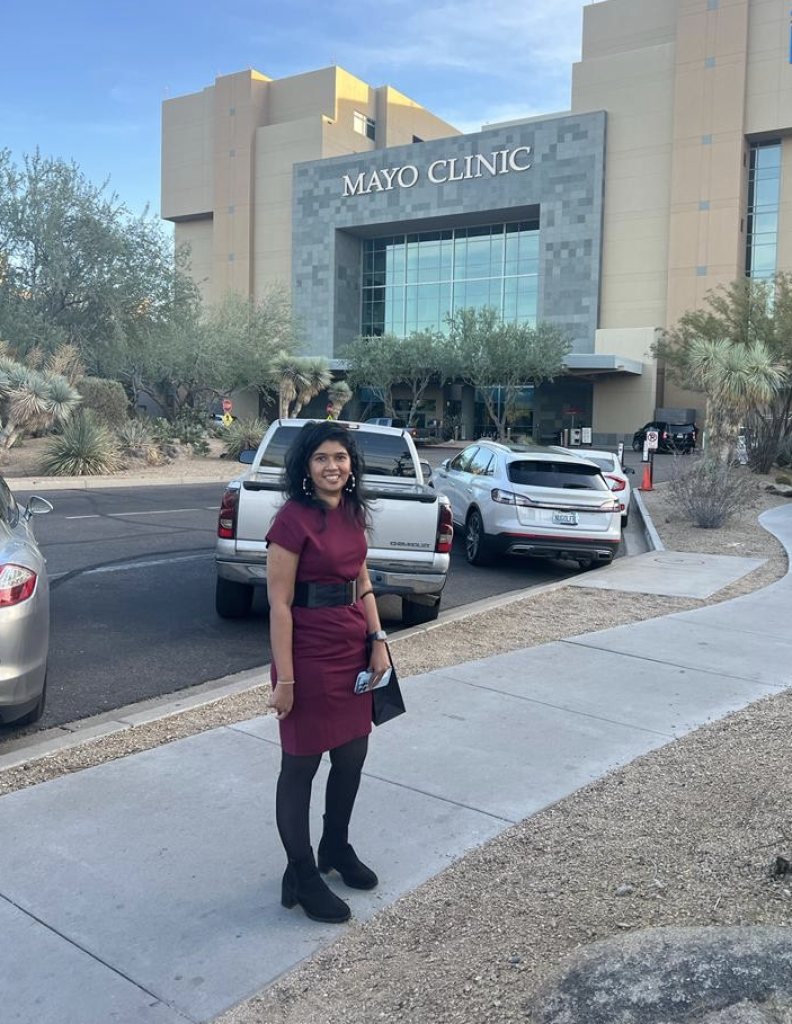
"Mayo Clinic doesn't like to say no. They set out to achieve the unachievable," says Shraddha. "My goal is to treat patients as they do, making them a priority."
Shraddha says words of thanks alone are not enough to convey her gratitude.
"Dr. Aqel and his team achieved something for me that everyone else thought was impossible," says Shraddha. "It was a gift. I will keep the mission of Mayo Clinic in mind when I am serving my patients. My purpose now is to put forward their purpose and help someone else."
Related articles:
- Heart Transplant Innovation: New ‘heart in a box’ technology provides gift of life to Arizona man, as couple prepares to celebrate 50-year anniversary
- Breaking barriers: Helping Native Americans in need get the gift of life
- Organ Transplant Innovation: Helping more people get the gift of life
Related Articles







